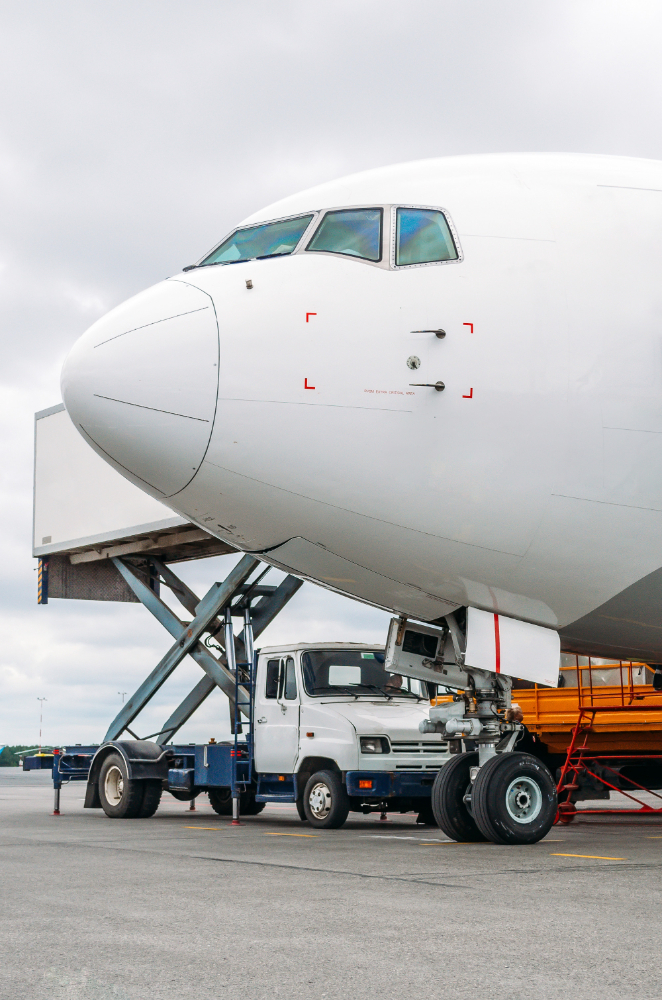AIR NETWORK
The air network is a crucial component of logistics, providing fast and efficient transportation of goods and materials across the globe. Air transport has revolutionized the logistics industry, allowing businesses to transport products and materials quickly, safely, and cost-effectively. In this essay, we will explore the role of the air network in logistics, its advantages and disadvantages, and its impact on global commerce.

ADVANTAGES OF AIR TRANSPORT IN LOGISTICS:
- Speed: Air transport is the fastest mode of transportation available, allowing goods to be transported across long distances in a matter of hours.
- Global Reach: Air transport connects countries and regions across the globe, making it possible to transport goods to remote locations and distant markets.
- Safety: Air transport has a very low accident rate, making it a safe and reliable mode of transportation for high-value and time-sensitive cargo.
- Accessibility: Air transport can reach destinations that are inaccessible by other modes of transportation, such as remote islands or mountainous regions.
- Flexibility: Air transport offers flexibility in terms of scheduling, with flights departing and arriving at all times of the day and night.
- Cost-effective: Although air transport is generally more expensive than other modes of transportation, it can be cost-effective for high-value and time-sensitive cargo that requires fast delivery.
IMPACT OF AIR TRANSPORT ON GLOBAL COMMERCE:
The air network has had a profound impact on global commerce, enabling businesses to transport goods and materials across borders and oceans in a matter of hours. Air transport has opened up new markets and opportunities for businesses, making it possible to trade and exchange goods on a global scale. The growth of e-commerce and online shopping has further accelerated the demand for air transport, as consumers expect fast and reliable delivery of goods.
The air network has also contributed to the globalization of industries, as businesses can now source materials and components from all over the world, assemble them in one location, and transport finished products to markets across the globe. This has led to the creation of global supply chains, which are highly interconnected and reliant on the efficient transportation of goods and materials.
In addition to its economic benefits, the air network has also played a crucial role in humanitarian and emergency relief efforts. During natural disasters, wars, or other crises, air transport can deliver essential supplies, medical equipment, and personnel to affected areas quickly and efficiently, saving lives and alleviating suffering.

CONCLUSION:
In conclusion, the air network is a critical component of logistics, providing businesses with fast, reliable, and flexible transportation of goods and materials across the globe. While air transport has its advantages and disadvantages, its impact on global commerce and humanitarian efforts cannot be overstated. As businesses and industries become more globalized and interconnected, the demand for air transport is likely to continue to grow, making it an essential part of the logistics industry.
